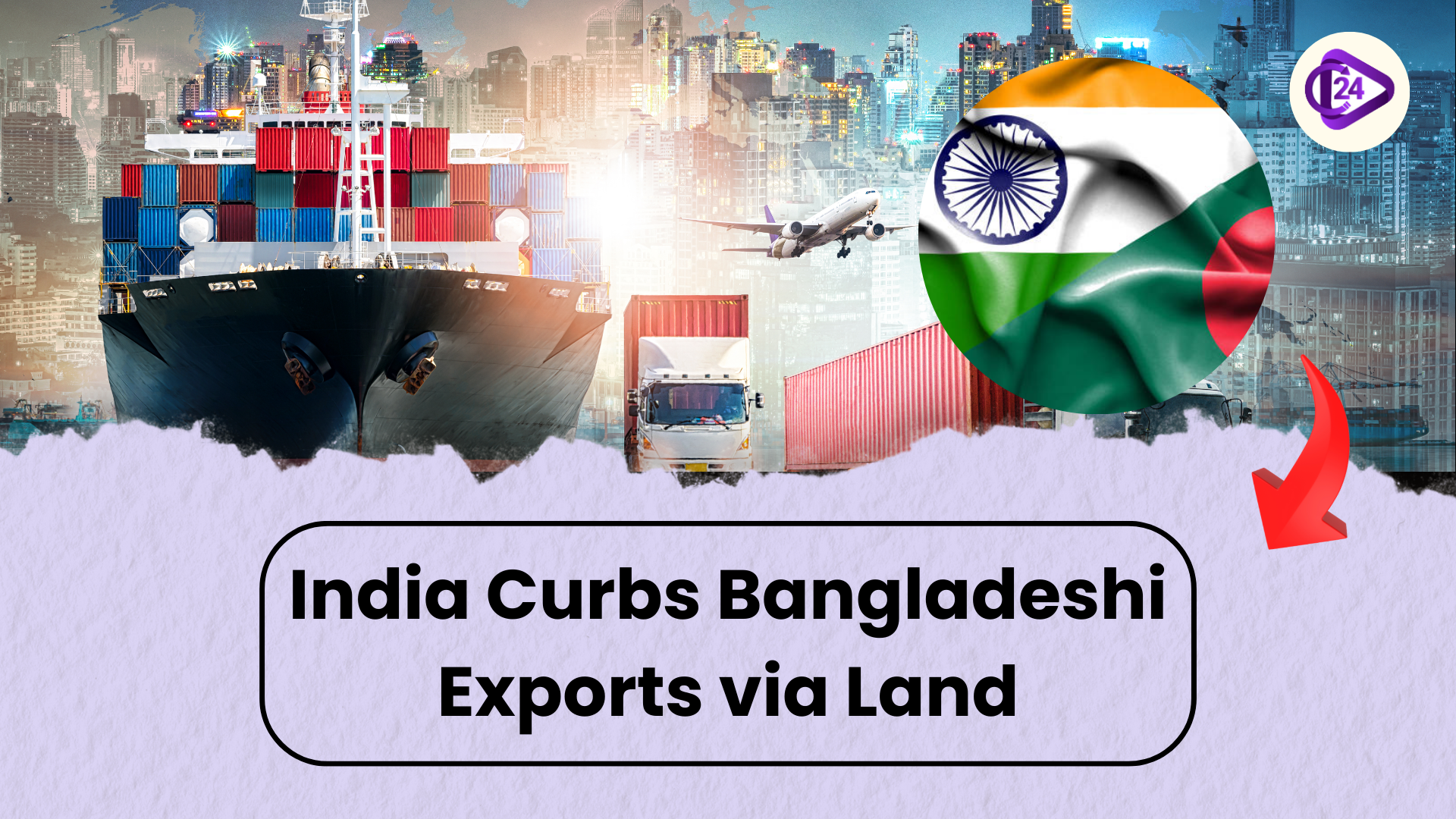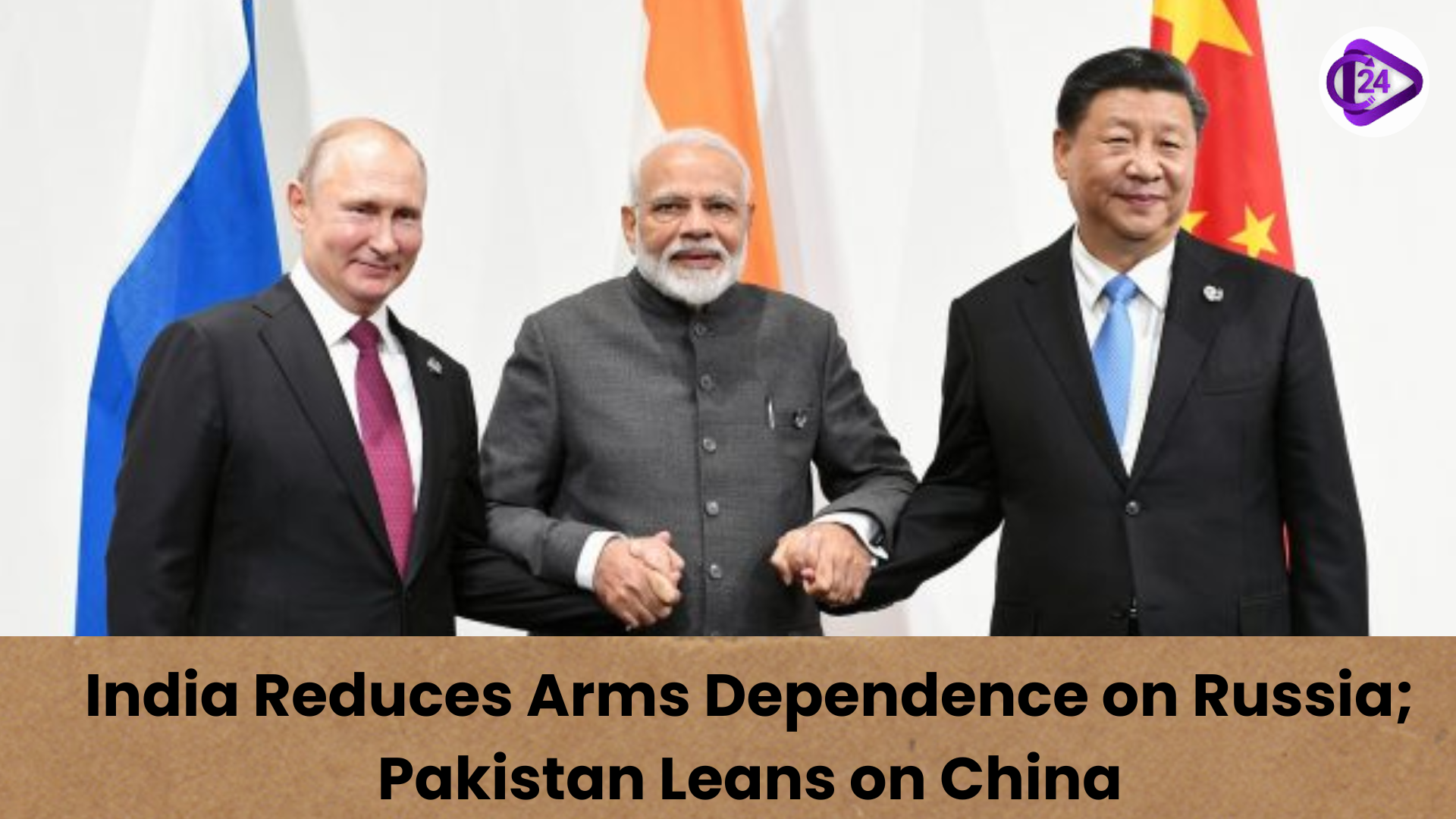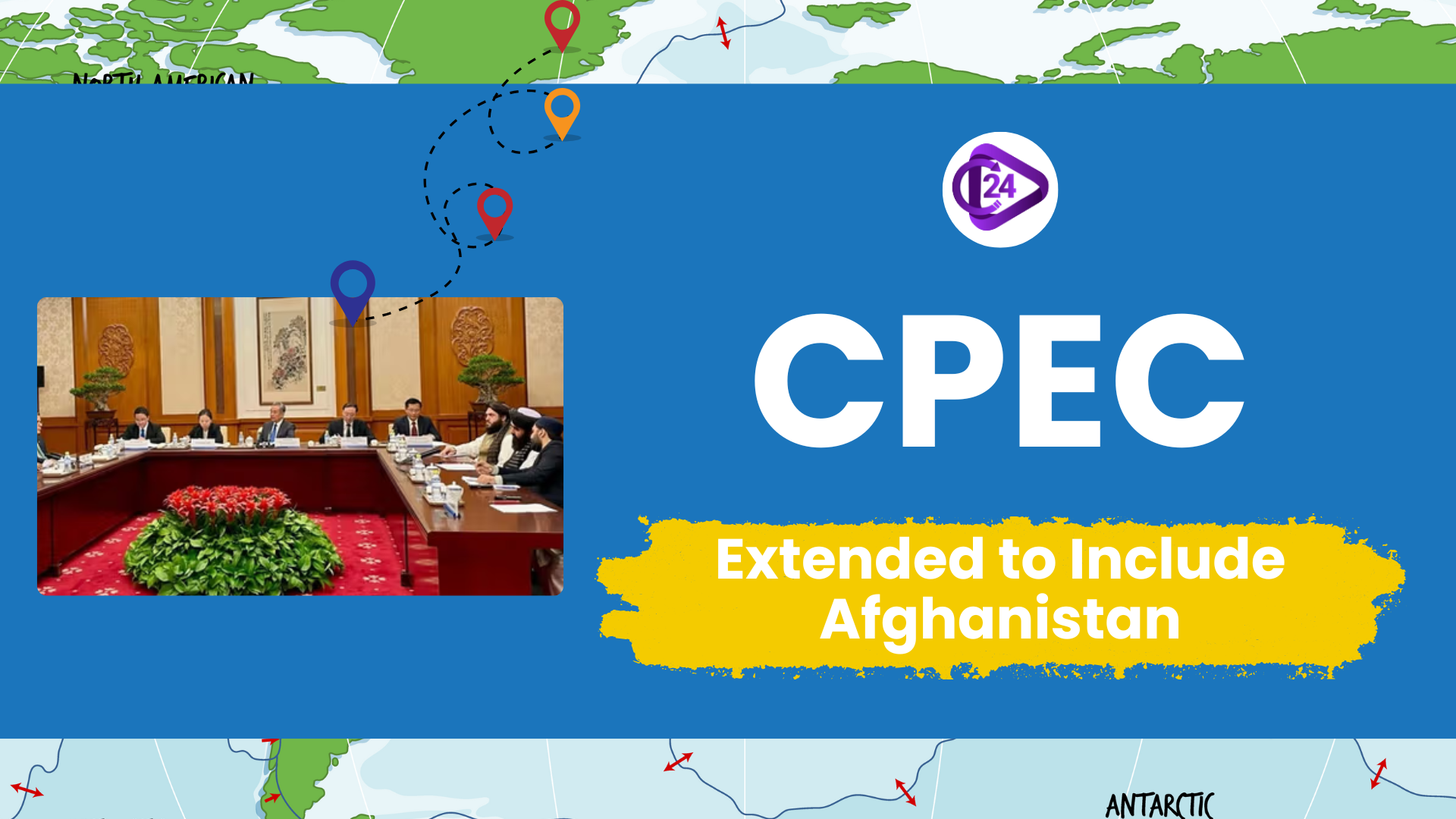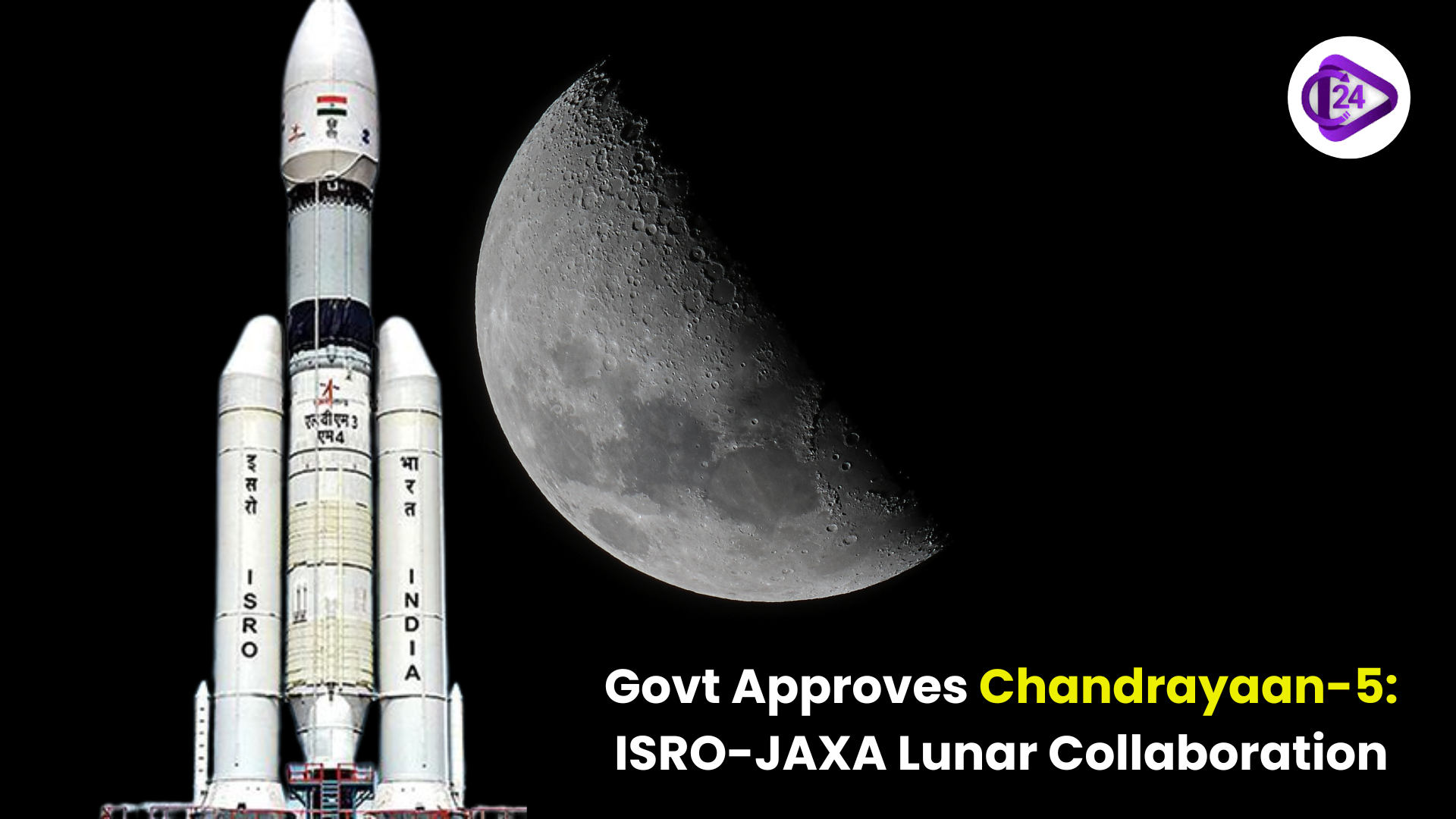
The Indian government imposes a limit on land port exports of Bangladeshi garments. India has decided to block some garments and products from Bangladesh at their land ports. This was taken after Bangladesh had banned Indian yarn exports over land and limited them to come through seaports. The rule being enforced in these states includes ports in Assam, Tripura, Meghalaya and Mizoram. Since Bangladesh exports over 93% of its garments to India by land, this step is likely to impact their trade relations strongly. Compared to previous moves, this action is considered to have a special role because of increasing trade friction.
Context
-
India has put two land port restrictions on Bangladesh.
-
It is only through the ports of Kolkata and Mumbai that ready-made garments will be permitted.
-
India’s decision aims to restrain Bangladesh, as Bangladesh has blocked Indian yarn many times at the country’s borders.
Key Points:
-
From April 13, Bangladesh closed land ports for Indian yarn.
-
The Bangladeshi authorities have been reported to have been inspecting Indian trucks aggressively.
-
India makes sure that Bangladeshi goods are subject to the same restrictions.
Scope for India’s Restriction
-
Covering all land ports in the northeastern portions of India.
-
Affects important ports found in Tripura, Assam, Meghalaya and Mizoram.
-
Goods can only be imported at Kolkata and Nhava Sheva (Mumbai).
Commodities Affected:
-
Ready-made garments
-
Goods made from plastic and wooden furniture
-
Juices, soda, and drinks that contain fruit flavors
-
Goods such as cookies, cake,s and bread
-
Cotton yarn is dyed with chemicals when it is made.
Trade Significance:
-
93% of the garments exported by Bangladesh to India are shipped through land ports.
-
Bangladesh is one of the leading nations in producing textile goods.
Politics and Strategy
-
India feels that Bangladesh is applying its trade policy unfairly.
-
A call meant for the New Administration under Muhammad Yunus.
-
Yunus’ observations that northeastern India is partly land-locked raised more tension between the two countries.
Impact:
-
Previously, Bangladesh sent 93% of its ready-made garments to India across land ports.
Detailed Reason behind the decision
-
The West responded to Bangladesh’s move.
-
Imports of Indian yarn into Bangladesh via land ports stopped on April 13.
-
India is acting accordingly to ensure trade between the countries is equal.
-
-
Manufacturing in the Local Area:
-
The government is making this decision to aid local manufacturers in India’s northeastern region.
-
Problems were noted because Bangladesh is a big producer of textiles in the world economy.
-
🇮🇳 India–Bangladesh Bilateral Trade Overview (FY 2023–24)
|
Trade Indicator |
Value (USD Billion) |
Remarks |
|
Total Bilateral Trade |
13.0 |
Bangladesh is India’s largest trade partner in South Asia |
|
India’s Exports to Bangladesh |
11.38 |
Major exports include cotton yarn, cereals, and machinery |
|
India’s Imports from Bangladesh |
1.62 |
Primarily ready-made garments and jute products |
|
Trade Balance (India’s surplus) |
9.76 |
Reflects a significant trade surplus in India’s favor |
Details of Restrictions
-
Certain Things are Not Allowed:
-
The production of readymade garments, plastic and wooden furniture, fruit drinks, carbonated drinks, bakery foods, confectionery, cotton yarn, and dyes is included.
-
-
Points of Entry:
-
Currently, ships can bring goods only to Kolkata and Nhava Sheva (Mumbai) ports.
-
-
Parts of Europe Affected:
-
There are Land Customs Stations (LCS) and Integrated Check Posts (ICP) in Assam, Meghalaya, Tripura, and Mizoram.
-
-
India’s areas of concern include:
-
Because the northeastern states are landlocked (no ocean access), they can easily face difficulties in trading.
-
Items regularly exported by India to Bangladesh
-
Products Made From Cotton Yarn & Handloom:
-
With a value of $2.39 billion, India has exported around 20% of its goods to Bangladesh.
-
-
Cereals:
-
Most importantly, the crops are rice and wheat.
-
-
Machinery and Mechanical Appliances:
-
Industrial and agricultural machines
-
-
chemicals and pharmaceuticals
-
Organic chemicals and medicinal products are part of pharmacology.
-
Items regularly exported by Bangladesh to India
-
Ready-Made Garments:
-
Each year, the process is valued at over $700 million
-
-
Jute Products:
-
These can also be made into bags, carpets and yarn.
-
-
Textile Scraps:
-
Takes part in recycling and the manufacturing process
-
-
Fish and seafood.
-
Ensure there are hilsa and prawns in the festival menu.
-
Trade Partnerships and Undertakings
-
South Asian Free Trade Area (SAFTA)
-
It is an agreement between countries in South Asia.
-
Most goods traded between India, Bangladesh and other SAARC members can be imported and exported without paying duties.
-
-
Agreement on the Comprehensive Economic Partnership (CEPA):
-
Talking with other countries to strengthen trade ties.
-
-
Maitri Setu Bridge
-
This bridge, known as the Feni River Bridge, links Sabroom in India with Ramgarh in Bangladesh and has made trade between the two easier.
-
-
Bangladesh–India Friendship Pipeline
-
In March 2023, this pipeline started delivering diesel from India to Bangladesh and helping improve energy cooperation.
-
Conclusion:
India has decided on port restrictions to balance out Bangladesh’s trade barriers and protect its domestic production. It reminds us that trade between countries is delicate and requires meeting regularly to solve non-tariff difficulties.



 World Brain Tumour Day is Celebrated every year on June 8
World Brain Tumour Day is Celebrated every year on June 8 Thailand’s Opal Suchata Chuangsri Crowned Miss World 2025
Thailand’s Opal Suchata Chuangsri Crowned Miss World 2025 Shifting Arms Dependencies: India Moves Away from Russia, Pakistan Turns to China
Shifting Arms Dependencies: India Moves Away from Russia, Pakistan Turns to China India and Maldives to Review Comprehensive Economic and Maritime Security Partnership
India and Maldives to Review Comprehensive Economic and Maritime Security Partnership The China-Pakistan Economic Corridor (CPEC) Has Been Extended to Include Afghanistan
The China-Pakistan Economic Corridor (CPEC) Has Been Extended to Include Afghanistan Nicaragua quits UNESCO in protest over a Press Freedom Prize.
Nicaragua quits UNESCO in protest over a Press Freedom Prize. Israel Launches Operation Gideon Chariots in Gaza to Pressure Hamas
Israel Launches Operation Gideon Chariots in Gaza to Pressure Hamas Chandrayaan-5 Mission Approved: ISRO-JAXA to Collaborate on Lunar Exploration
Chandrayaan-5 Mission Approved: ISRO-JAXA to Collaborate on Lunar Exploration Brazilian Scientist Mariangela Hungria Wins World Food Prize 2023
Brazilian Scientist Mariangela Hungria Wins World Food Prize 2023






